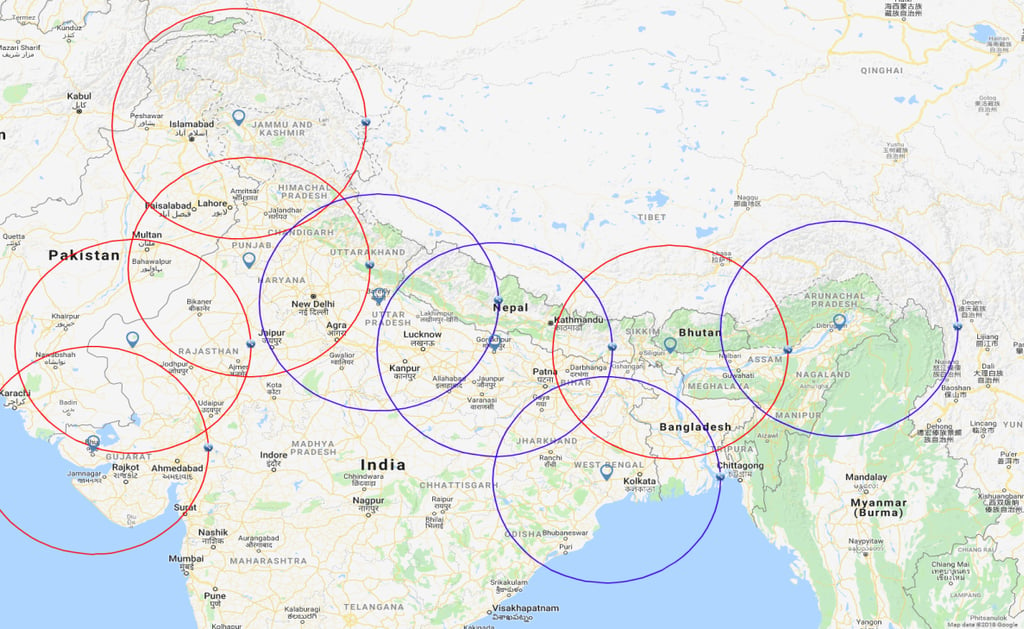Monstrous- The S-400 Missile defense systems!
By PRATISHT CHAUDHARY
India decided to purchase around 5 regiments of S-400 missile defence systems at a cost of 5.43 Billion from Russia, India will start to receive S-400s from last quarter of this year. The S-400 Missile defense systems are known as the ‘worlds best missile defence system’. The S-400s are not just a mere vehicle loaded with 4 missiles as usually perceived, in fact, it’s a whole set of systems with additional radar and different type of missiles. The strength of S-400s could be understood by the fact that India along with multiple nations were purchasing this air defence system despite threat of sanctions under CAATSA by USA, now US in itself is very sensitive to the S-400s as it perceive S-400s as a ‘threat to its 5th generation aircraft’ and don’t want this technology to spread as S-300.
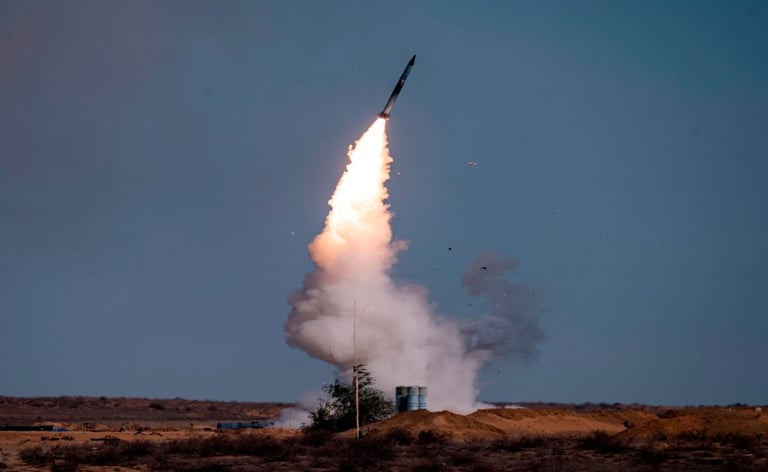

The Russians are considered as experts in air defense tech, this too because of historical reasons of cold war where Americans gained an edge by announcing their next generation aircraft like F-22 and better cruise missiles, which indeed was a nightmare for Soviets. The Soviets retaliated by making a quantum leap in air defense technology and started a series of wonders like S-300, S-400 and even S-500 now.
What are missile defence systems ?
As the name suggest, it is a protective layer against aerial threats like ballistic missiles, aircrafts , cruise missiles and UAVs. The Missile defence system consist of detection, tracking and then interception of targets with missiles, however its not as easy as it sounds, the targets like ICBMs can reach as fast as 25000+ Km/h in terminal phase while the targets like aircrafts can be quite maneuverable with low radar cross sectional area.
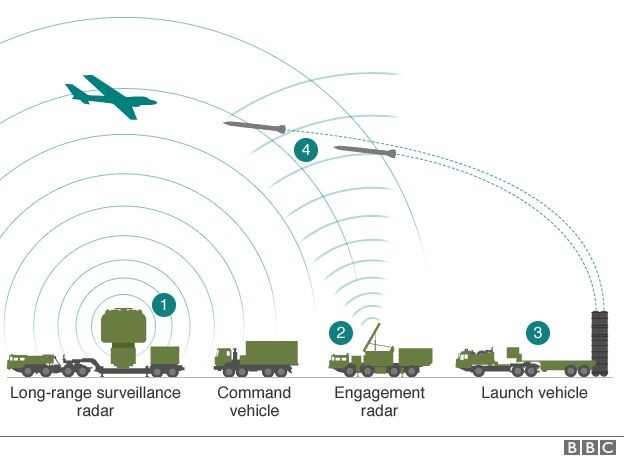

The efficiency of missile defence systems have increased enormously with each new generation, they still have prove inefficient sometimes because the missile defence system is not mere automated process, it’s a combination of human-AI duo. The chances of interception too doesn’t depend upon a single factor, there’s a whole giant bundles of physical and automated factors like crew proficiency, position of radars and quality of missiles that need to be looked upon before a successful interception . In fact, world class missile defense system like S-300 and American Patriot have also failed multiple times like Syrian S-300 have never ever responded to any Israeli strikes while American Patriot has failed multiple times to protect Saudi from Yemen ballistic missiles. The failures aren’t only because of hardware problems, maybe Patriots were not placed in proper directions or Russians have confined use of S-300s by Syria.
However, its not such the Missile Defence Systems don’t work at all. The Soviet era designed S-300s shot down Turkish TB-2 UCAVs in recent Armenia-Azerbaijan conflict, which in itself was a huge achievement as shooting a tech that has introduced to world just 6 years ago with comparatively old MDS is a significant thing. The Missile defence systems like American THAAD and Russian S-400s are significantly much advanced than anything before, specially the S-400s have become a huge concern for Pentagon, and US is trying to confine the sales of S-400s only to few nations that too under threat of sanctions under CAATSA.
One of the most important components of any missile defence system is its missiles, as there’s a possibility that an object is detected even hundreds of kilometers away, but at last the distance at which the target would be shot down will depend upon range and accuracy of missiles. Usually a missile defense system is compatible just with a single type of missile however S-400 here is way ahead by having capability to operate with 4 different types of missiles.
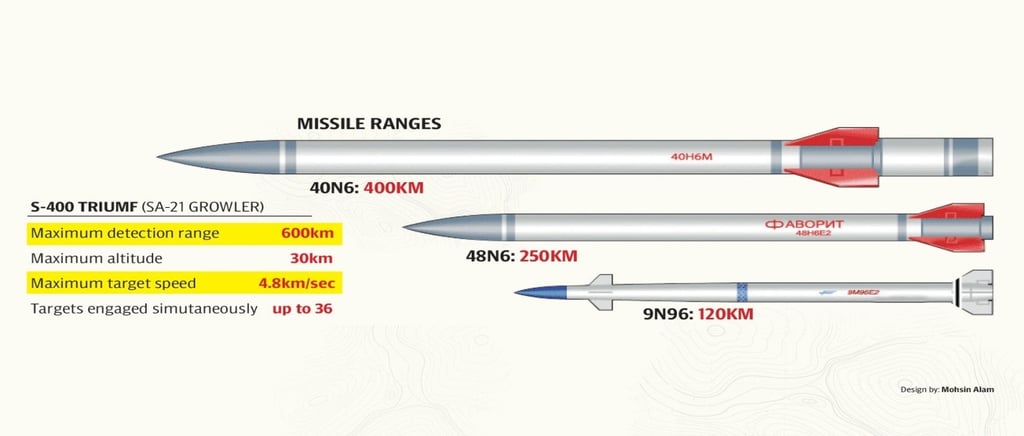

40N6 missiles- These missiles are the most powerful missiles of the S-400 because of their maximum range of 400 KMs, maximum altitude of 30 kms and a mind blowing target speed of 17000+ km/h. The missile uses semi-active and active radar homing (SARH) for guidance and the missile is said to be efficient for low altitude quick moving targets at a great distance.

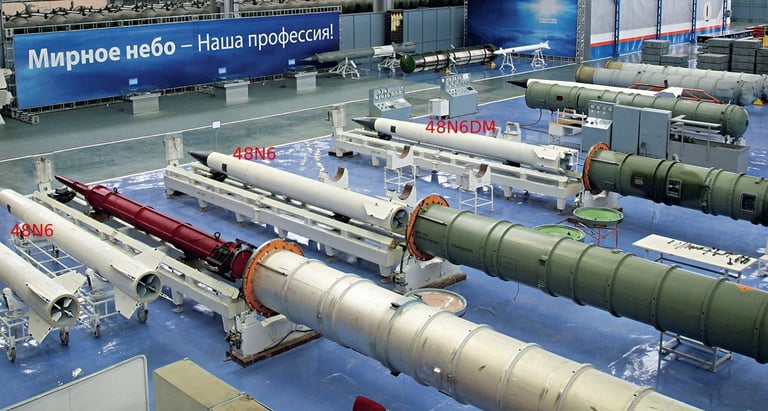
48N6 missiles- The 48N6 missiles come in two different variants, namely 48N6E3/48N6DM and 48N6E2. The 48N6E3 is a missile made for very high altitude targets of 60kms with a range of 250 kms, max target speed of 17000+ km/h with 180 kg of warhead. The missile also uses SARH guidance while the 48N6E2 missile is almost similar to 48N6E3 except for 200 kms of range and speed of 9000+ km/h.
While the above missiles are used to intercept high speed targets, the missiles below are used to destroy aircrafts and other cruise missiles at comparatively less altitude.


9M96 missiles- Now these missiles come in two variants namely 9M96/9M96E2 and 9M96E. The 9M96 E2 is a missile which have high kill probability against high value low observable aerial targets like UAVs, aircrafts and short-medium range ballistic missiles .The missile uses Active radar homing(ARH) instead of SARH, have a range of 120 kms , speed of 3500+ km/h with 24 kg of warhead. The 9M96E on other hand, is the missile for very short range targets with range around 40 kms, speed of 3500+ km/h and uses ARH, the missile is also claimed to be significant against stealth targets.
RADARS-
The radar are the backbone of any missile defence systems, as its because of powerful radars of S-400 that it can even intercept a small radar cross sectional area objects. The S-400 have multiple type of radars along with command and control unit. The role of radars is even more important in such system because, many missiles are SARH missiles that means it is the radar that guides missile towards its target, although this method improves the accuracy of missiles by multiple folds it is still necessary for radar to function properly and also protect itself against enemy jammers to guide missile succesfully.
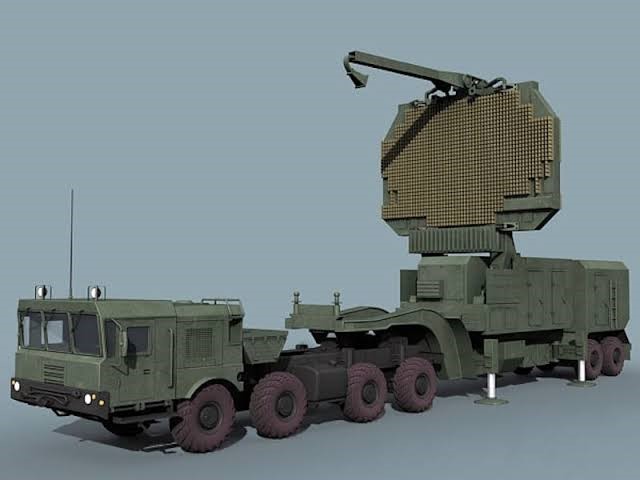

91N6 big bird- is a phased array acquisition and battle management radar that operates in S-band frequency, the radar is an upgraded variant of 64N6E with higher transmitting power and maximum range of 600 kms with an enormous capability to track 300 targets at once. The radar is loaded on a 8X8 vehicle and can be deployed within 5 minutes. There are different variants of 91N6 for various purposes like 91N6-export variant, 91N6A-specially made for S-400s and 91H6A for S-500 in future.
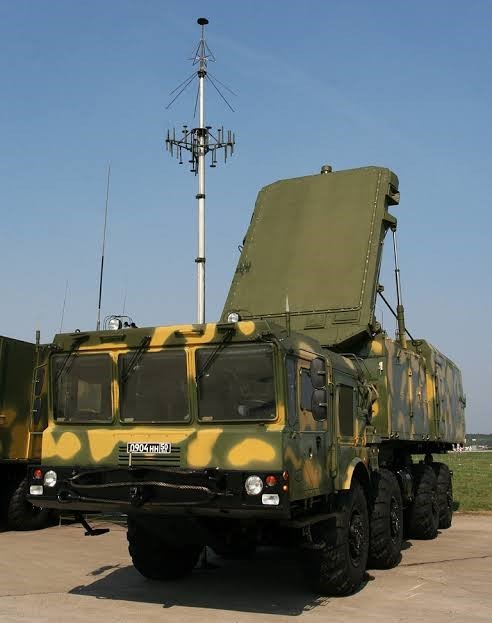

96L6 Cheese board- is a radar that operates in C-band frequency and can track 100 objects with ability to classify them as UAVs, missiles and aircraft at once. The radar also comes in different variants like 96L6E2 for export, further the radar have a frequency hopping design that provides high jam resistance and clutter rejection (Clutter rejection refers to ability of radar to filter out unwanted signals as of weather and terrain).


92N6 Grave stone- is multifunctional phased array weapon guidance radar that operates in I and J band frequencies. The radar is a successor of 30N6E radar but with new and modern processors that helps radar to be capable of guiding 12 40N6 missiles to 6 objects at a distance of 400 kms. The Grave stone have a strong protection against anti-radiation weapons and noise jammers because of its low side lobes.
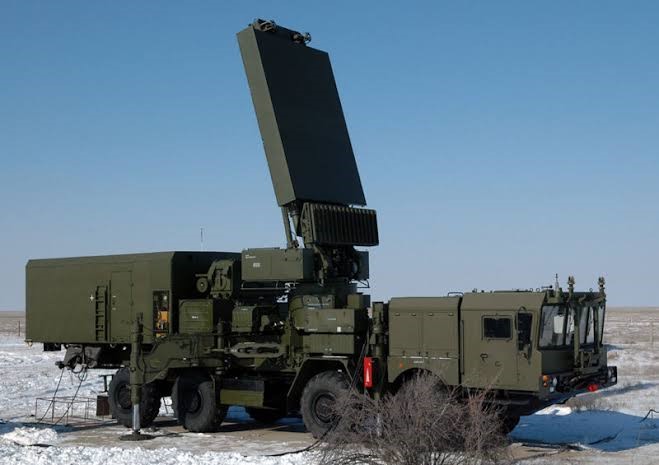

40V6 mobile mast system- The radars like 91N6 can be mounted on a shaft that is approximately 24 meters long, in such a way the radar is able to detect extreme low flying objects like cruise missiles, helicopters and drone. The mobile mast systems are often seen with Russian defenses but it is considered as an optional system, the 40V6 comes in two variants that are 40V6M and 40V6MR with respective heights of 24 and 40 meters.

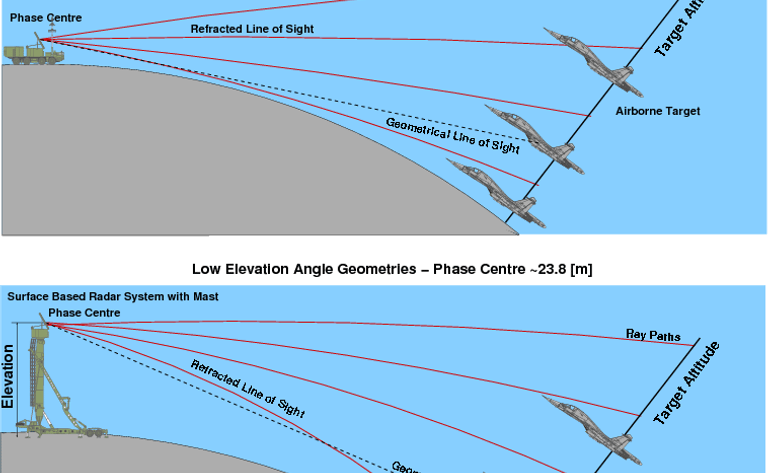
Launchers-Missiles are launched from 5P85TE2 self-propelled launchers or 5P85SE2 trailer launchers operating in conjunction with a BAZ-64022 or MAZ-543M tractor-trailer. A new type of transporter was introduced in 2014 with better mobility with reduced fuel consumption by 35%. The cost of transporters in 2014 is 8.7 million rubles
55K6E- is the control and command unit which is extremely mobile and the location of the unit can be changed extremely fast. The unit process information from different radars and controls systems like Identification Friend or Foe from 91N6 radar
